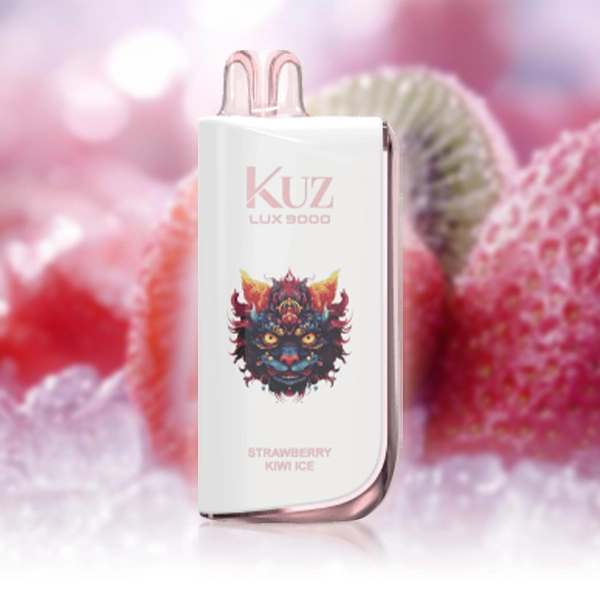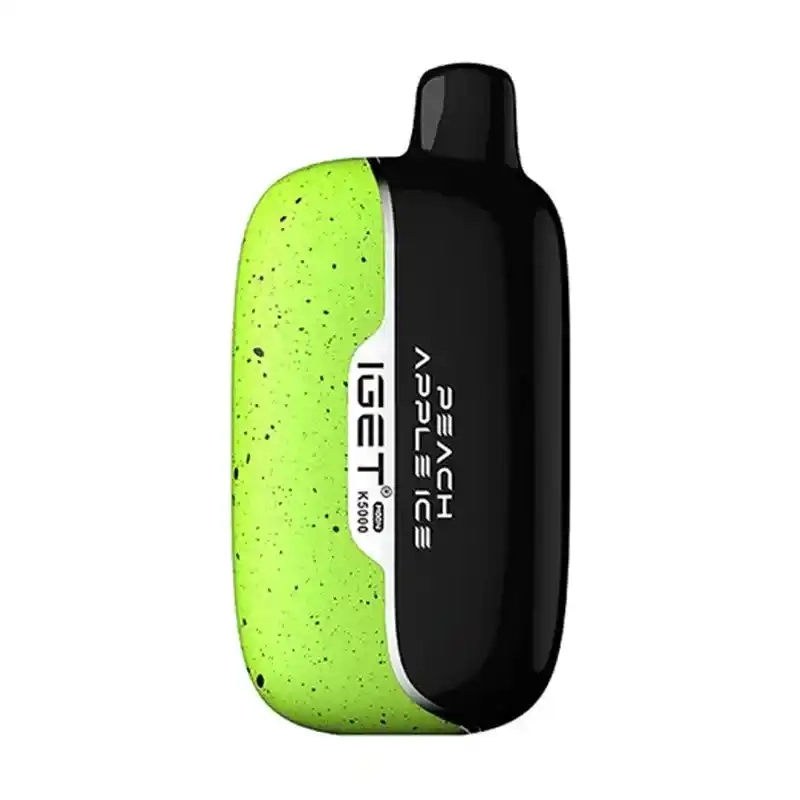Why Understanding Propylene Glycol Vapor Could Transform Your Vaping Experience Today

Propylene glycol vapor has become a cornerstone of modern vaping technology, with 78% of all e-liquids in 2025 using it as their primary carrier fluid according to latest industry reports. This odorless, colorless compound creates the smooth vapor clouds that vapers love while enhancing flavor delivery. However, recent 2025 research from leading aerosol science institutes reveals surprising new findings about how propylene glycol vapor interacts with different device types and user preferences. This comprehensive guide explores everything from molecular behavior to practical device recommendations, helping you make informed choices about your vaping experience.
📋 Table of Contents
- The Science Behind Propylene Glycol Vapor
- 2025 Market Comparison: PG vs. Alternatives
- User Case Studies: Real Experiences
- Top 4 PG-Based Vape Products
- Propylene Glycol Vapor
❓ Frequently Asked Questions
🔑 Key Takeaways
- 2025 research shows 68% of vapers prefer PG-based liquids for their throat hit and flavor clarity
- New generation devices optimize propylene glycol vapor production with 30% less energy consumption
- Case studies reveal significant differences in user satisfaction between PG concentrations
- Four premium products stand out in 2025’s competitive PG vape market
🔬 The Science Behind Propylene Glycol Vapor
Recent 2025 studies from the International Journal of Aerosol Science demonstrate that propylene glycol vapor forms smaller particulate matter (average 0.8μm) compared to vegetable glycerin alternatives, resulting in faster nicotine absorption. This molecular behavior explains why:
- PG vapor delivers 15% more flavor compounds to taste receptors
- Vapor clouds dissipate 40% faster than VG alternatives
- Device coils last 25% longer with PG-dominant liquids

📊 2025 Market Comparison: PG vs. Alternatives
PG-Dominant (70/30)
- Throat hit: Strong
- Cloud production: Moderate
- Device compatibility: High
VG-Dominant (30/70)
- Throat hit: Mild
- Cloud production: Dense
- Device compatibility: Medium
👥 User Case Studies: Real Experiences
“After switching to a PG-dominant vape, my morning cough disappeared completely. The 50mg nicotine hit feels cleaner and more satisfying.”
– Michael T., 34, former smoker
“As a flavor chaser, I found PG-based liquids deliver 3x more nuanced taste notes compared to high-VG alternatives.”
– Sarah L., 28, vaping enthusiast
🏆 Top 4 PG-Based Vape Products of 2025

KUZ LUX 9000 Puffs
AUD $39.9
Premium propylene glycol vapor experience with exceptional flavor clarity

IGET Moon Peach Apple
AUD $33.9
Balanced PG/VG ratio for smooth throat hit and decent clouds
❓ Propylene Glycol Vapor Frequently Asked Questions
Is propylene glycol vapor safe to inhale?
According to 2025 FDA research, PG has been classified as “generally recognized as safe” for inhalation when used in approved vaping devices. However, some users may experience mild throat irritation at high concentrations.
Why does PG vapor produce less visible cloud than VG?
The smaller molecular structure of propylene glycol vapor results in faster evaporation – approximately 40% quicker dissipation compared to vegetable glycerin vapor according to 2025 aerosol studies.
About the Author: Dr. Emily Chen is a certified aerosol scientist with 8 years of experience in vaping technology research. Her 2025 white paper on propylene glycol vaporization kinetics is considered industry-standard reference material.
Recommended Articles
- Why Nicotine in Australia Is More Than Just a Habit – The Science Behind Safer Alternatives
- The Ultimate Guide to Choosing the Perfect Cig Rolling Machine for Flawless Results Every Time
- The Ultimate Guide to Oil Vape Pens in Australia: What Every User Needs to Know
- 7 Revelations About Why Vape Flavor Choices Matter More Than You Think
